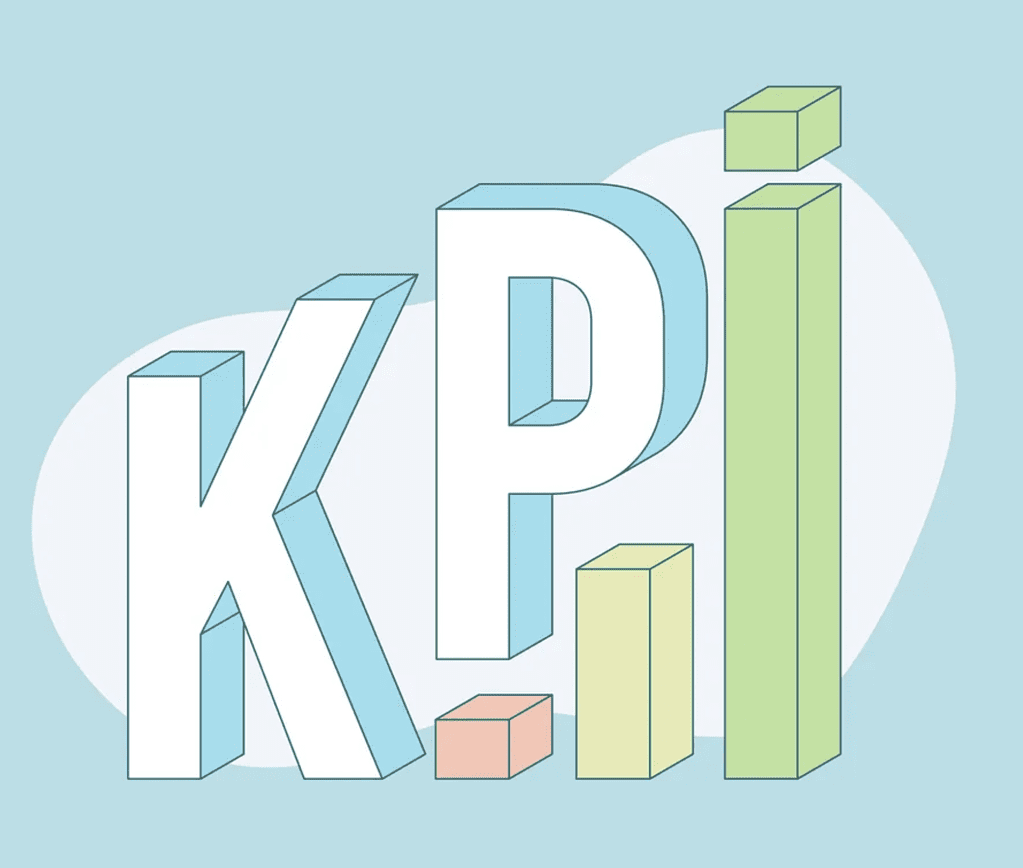Importance of KPI in a business in Bangladesh
What exactly is a KPI?
KPI is an abbreviation for key performance indicator, which is a quantifiable measure of performance over time for a specific goal. KPIs provide goals for teams to strive for, milestones to track progress, and insights to help people throughout the organization make better decisions. From finance and human resources to marketing and sales, key performance indicators help every aspect of the business advance strategically.
Metrics Meaning vs. KPI Meaning
While KPIs and metrics are related, they are not the same thing. Here’s a quick rundown:
KPIs are the key metrics you should monitor in order to have the greatest impact on your strategic business outcomes. KPIs help your team focus on what’s important and support your strategy. A key performance indicator might be “targeted new customers per month.”
Metrics assess the success of day-to-day business activities that support your key performance indicators (KPIs). While they have an impact on your outcomes, they are not the most important measures. “Monthly store visits” or “white paper downloads” are two examples.

Why Are Key Performance Indicators Important?
KPIs are an important way to ensure that your teams are supporting the organization’s overall goals. Here are some of the most important reasons for using key performance indicators.
Keep your teams on track: Whether measuring project success or employee performance, KPIs keep teams on track.
Provide a health check: Key performance indicators provide a realistic picture of your organization’s health, ranging from risk factors to financial indicators.
Make adjustments: KPIs allow you to clearly see your successes and failures, allowing you to do more of what works and less of what doesn’t.
Hold your teams accountable: Ensure that everyone adds value by implementing key performance indicators that allow employees to track their progress and managers to move things along.
KPI Varieties
There are numerous types of key performance indicators. While some are used to track monthly progress toward a goal, others have a longer time horizon. All KPIs have one thing in common: they are linked to strategic goals. Here’s a rundown of some of the most common kinds of KPIs.
Strategic: These big-picture key performance indicators keep track of organizational objectives. To determine how the organization is doing at any given time, executives typically look to one or two strategic KPIs. Return on investment, revenue, and market share are some examples.
Operational KPIs are focused on organizational processes and efficiencies and typically measure performance in a shorter time frame. Sales by region, average monthly transportation costs, and cost per acquisition are a few examples (CPA).
Many key performance indicators are linked to specific functions, such as finance or information technology. Finance KPIs track gross profit margin or return on assets, whereas IT may track time to resolution or average uptime. These functional KPIs can also be strategic or operational in nature.
Leading vs. Lagging Indicators: Regardless of the type of key performance indicator you define, you should understand the distinction between leading and lagging indicators. Leading KPIs can help predict outcomes, whereas lagging KPIs track what has already occurred. Organizations use a combination of the two to ensure that they are tracking what is most important.
How to Create Key Performance Indicators
With so much data, it’s easy to want to measure everything—or at least everything that’s easiest to measure. However, you must ensure that you are measuring only the key performance indicators that will assist you in meeting your business objectives. One of the most important aspects of KPI definition is the strategic focus. Here are some best practices for creating the appropriate KPIs.
Establish how KPIs will be used: Ask those who will be using the KPI report what they hope to achieve and how they intend to use them. This will assist you in developing KPIs that are both relevant and valuable to business users.
Connect them to strategic objectives:
You’re wasting time if your KPIs don’t relate to what you’re trying to accomplish in your business. While they may be associated with a specific business function, such as human resources or marketing, each key performance indicator should be directly related to your overall business goals.
Make SMART KPIs:
The most effective KPIs adhere to the tried-and-true SMART formula. Make certain that they are Specific, Measurable, Attainable, Realistic, and Time-Bound. “Grow sales by 5% per quarter” or “Increase Net Promoter Score by 25% over the next three years” are two examples.

Keep them simple:
Everyone in the organization should be aware of your KPIs in order to act on them. This is why data literacy is critical. People who understand how to work with data are better able to make decisions that move the needle in the right direction.
It is planned to iterate:
Your key performance indicators may need to be revised as your business and customers evolve. Perhaps some are no longer relevant, or you need to make changes based on performance. Make sure you have a plan in place to evaluate and change key performance indicators as needed.
Prevent KPI overload:
Business intelligence has provided organizations with access to massive amounts of data as well as interactive data visualization, making it possible to measure virtually anything. Keep in mind that the definition of key performance indicators refers to the most important targets. Avoid KPI overload by focusing on the most important metrics.
3 Steps to a More Effective KPI Strategy
If your key performance indicators aren’t producing the expected results, it’s time to revise your strategy. Here are three steps you can take to ensure that everyone in your organization understands what your KPIs mean and how to use them to make data-driven decisions that affect your business.
Choose the most important KPIs:
To ensure you’re measuring what matters, include a mix of leading and lagging indicators. Lagging indicators assist you in understanding results over time, such as sales over the last 30 days. Based on data, leading indicators help you predict what might happen, allowing you to make adjustments to improve outcomes.
Establish a KPI-driven culture:
Key performance indicators are meaningless unless people understand what they are and how to use them (including what the KPI acronym means). Improve data literacy in your organization so that everyone is working toward strategic goals. To keep everyone making decisions that move your business forward, educate employees, assign them relevant KPIs, and use a best-in-class BI platform.
Iterate:
Maintain your key performance indicators by revising them in response to market, customer, and organizational changes. Meet on a regular basis to review them, examine performance to see if adjustments are needed, and publish any changes you make so that teams are always up to date.







0 Comments